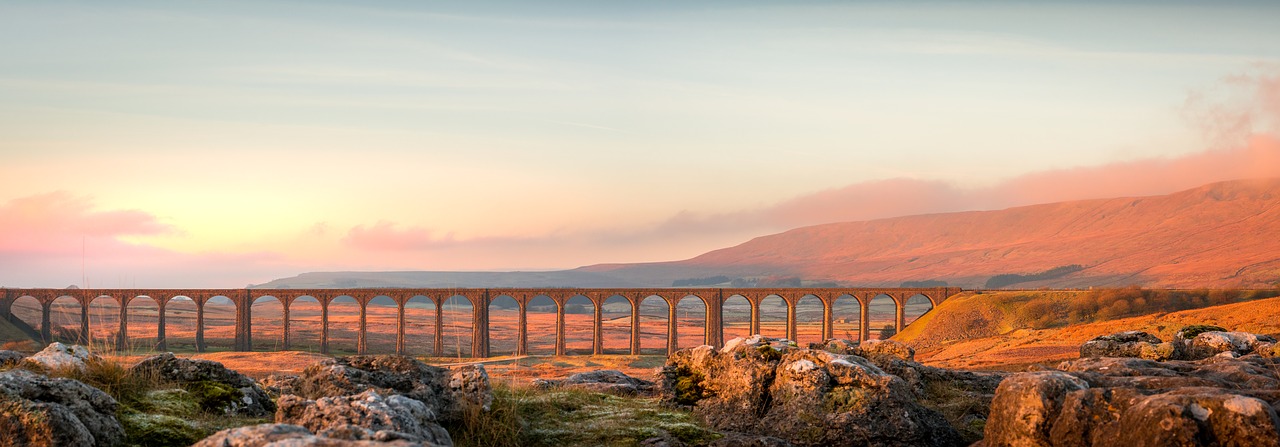
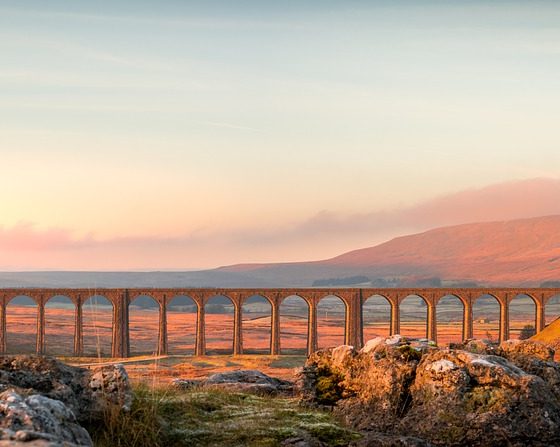
News
“Smart skin” can identify weaknesses in bridges and airplanes using laser scanner
Recent research results have demonstrated that two-dimensional, on-demand mapping of the accumulated strain on metal structures will soon be a reality thanks to an engineered “smart skin” that’s only a fraction of the width of a human hair. By utilizing the unique properties of single-walled carbon nanotubes, a two-layer film airbrushed onto surfaces of bridges, pipelines, and airplanes, among others, can be scanned to reveal weaknesses in near real-time. As a bonus, the technology is barely visible even on a transparent surface, making it that much more flexible as an application.
Stress-inducing events, along with regular wear and tear, can deform structures and machines, affecting their safety and operability. Mechanical strain on structural surfaces provides information on the condition of the materials such as damage location and severity. Existing conventional sensors are only able to measure strain in one point along one axis, but with the smart skin technology, strain detection in any direction or location will be possible.
How “Smart Skin” Technology is Used
In 2002, researchers discovered that single-wall carbon nanotubes fluoresce, i.e., glow brightly when stimulated by a light source. Later, the fluorescence was further found to change color when stretched. This optical property was then considered in the context of metal structures that are subject to strain, specifically to apply the property as a diagnostic tool. To obtain the fluorescent data, researchers applied the smart skin to a testing surface, irradiated the area with a small laser scanner, and captured the resulting nanotube color emissions with an infrared spectrometer. Finally, two-dimensional maps of the accumulated strain were generated with the results.
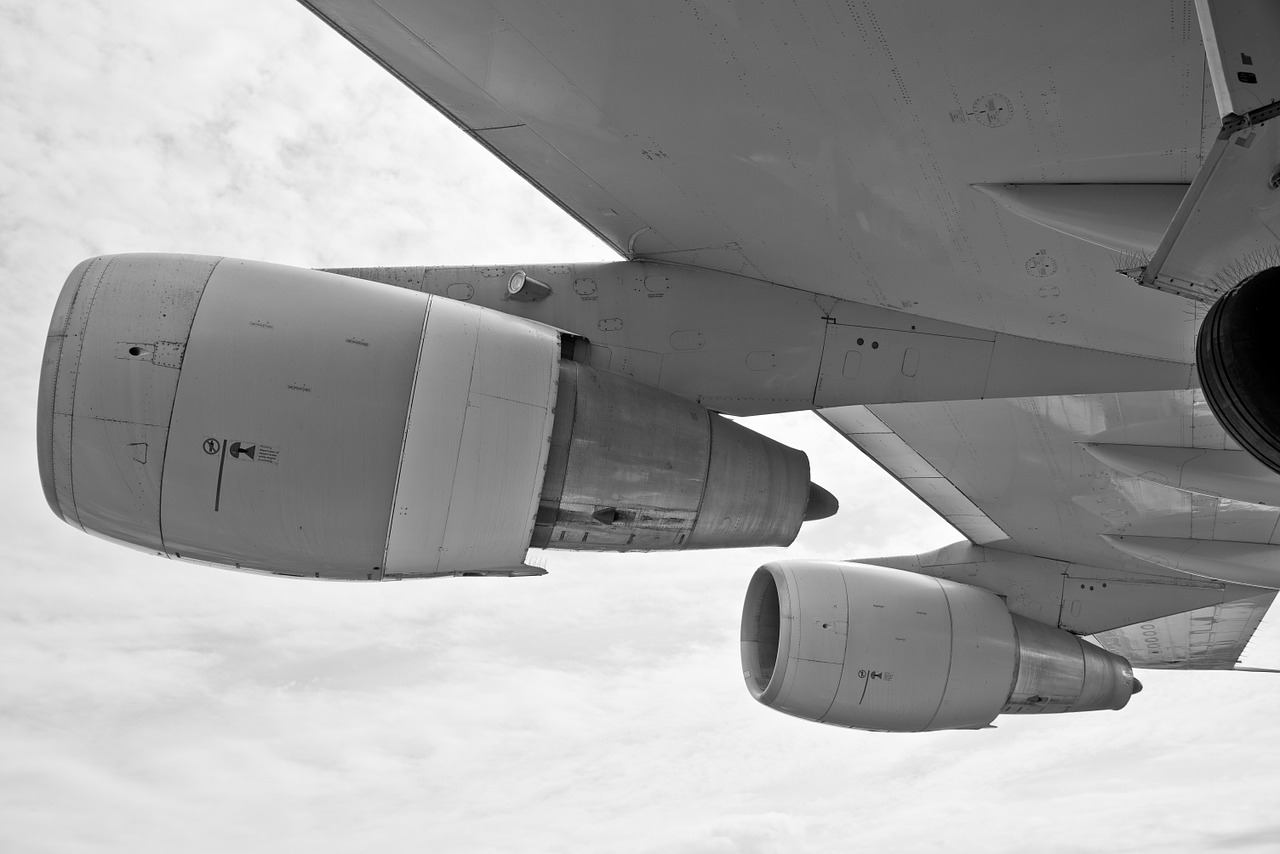
The primary researchers, Professors Satish Nagarajaiah and Bruce Weisman of Rice University in Texas, have published two scientific papers explaining the methods used for achieving this technology and the results of its proof-of-principle application. As described in the papers, aluminum bars with holes or notches in areas of potential stress were tested with the laser technique to demonstrate the full potential of their invention. The points measured were located 1 millimeter apart, but the researchers stated that the points could be located 20 times closer for even more accurate readings. Standard strain sensors have points located several millimeters apart.
What Are Carbon Nanotubes?
Carbon nanotubes (CNTs) are carbon molecules that have been structurally modified into cylinders, or rather, rolled up sheets of carbon atoms. There has been some evidence suggesting that CNTs can be formed via natural processes such as volcanic events. However, to really capitalize on their unique characteristics, production in a laboratory environment is much more efficient.
Several methods can be used for production, but the most widely used method for synthesizing CNTs is chemical vapor deposition (CVD). This process combines a catalyzing metal with a carbon-containing gas which are heated to approximately 1400 degrees Fahrenheit, triggering the carbon molecules to assemble and grow into nanotubes. The resulting formation resembles a forest or lawn grass, each trunk or blade averaging .43 nanometers in diameter. The length is dependent on variables such as the amount of time spent in the high heat environment.
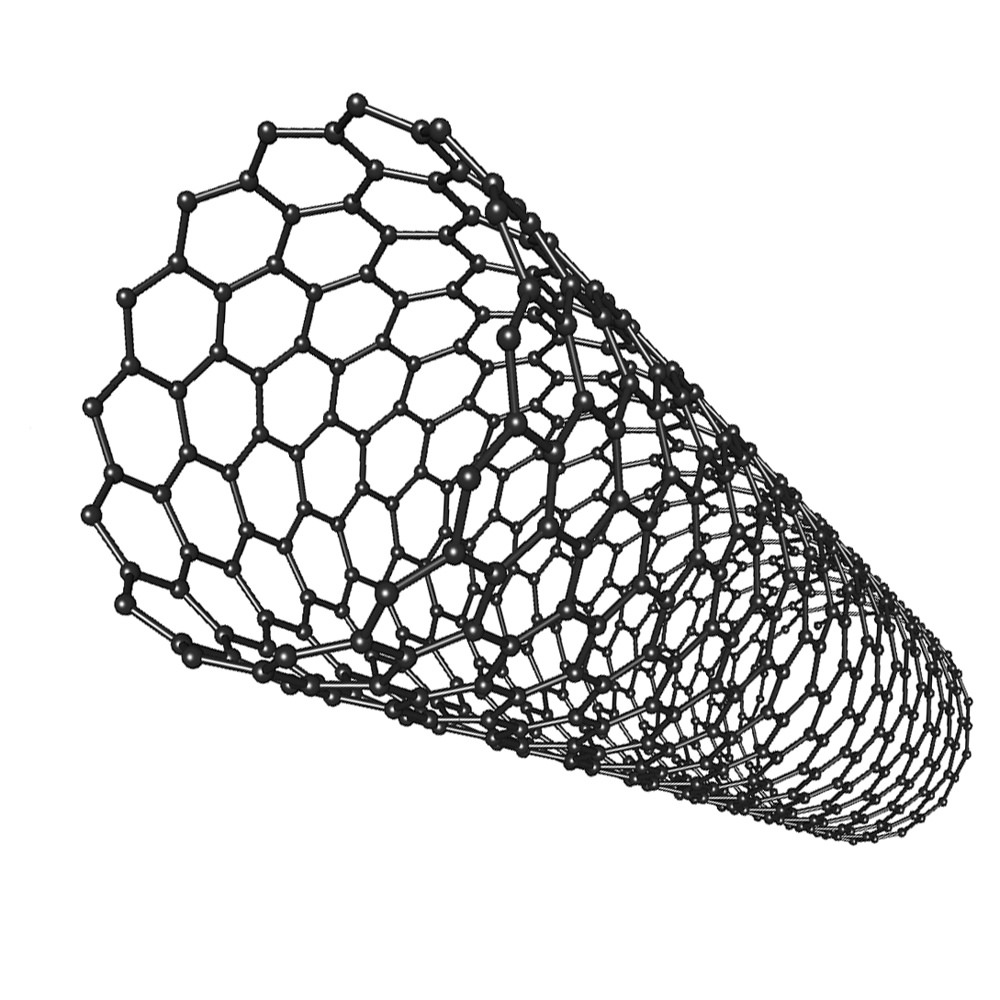
Besides surface analysis, carbon nanotubes have proven invaluable in many research and commercial arenas, their luminescence being only one of many properties that can improve and enable other technologies. Their mechanical tensile strength is 400 times that of steel while only having one sixth the density, making them very lightweight. CNTs also have highly conductive electrical and thermal properties, are extremely resistant to corrosion, and can be filled with other nanomaterials. All of these advantages open up their applications to include solar cells, sensors, drug delivery, electronic devices and shielding, lithium-ion batteries, body armor, and perhaps even a space elevator, assuming significant advances overcome its hurdles.
Next Steps
The nanotube-laced smart skin is ready for scaling up into real-world applications, but its chosen industry may take time to adopt given the general resistance to change in a field with long-standing existing technology. While awaiting embrace in the arena it was primarily designed for, the smart skin has other potential uses in engineering research applications. Bruce Weisman, also the discoverer of CNT fluorescence, anticipates its advantages being used for testing the design of small-scaled structures and engines prior to deployment. Niche applications like these may be the primary entry point into the market for some time to come. In the meantime, the researchers plan to continue developing their strain reader to capture simultaneous readings from large surfaces.

News
Tesla adjusts crucial feature as winter weather arrives
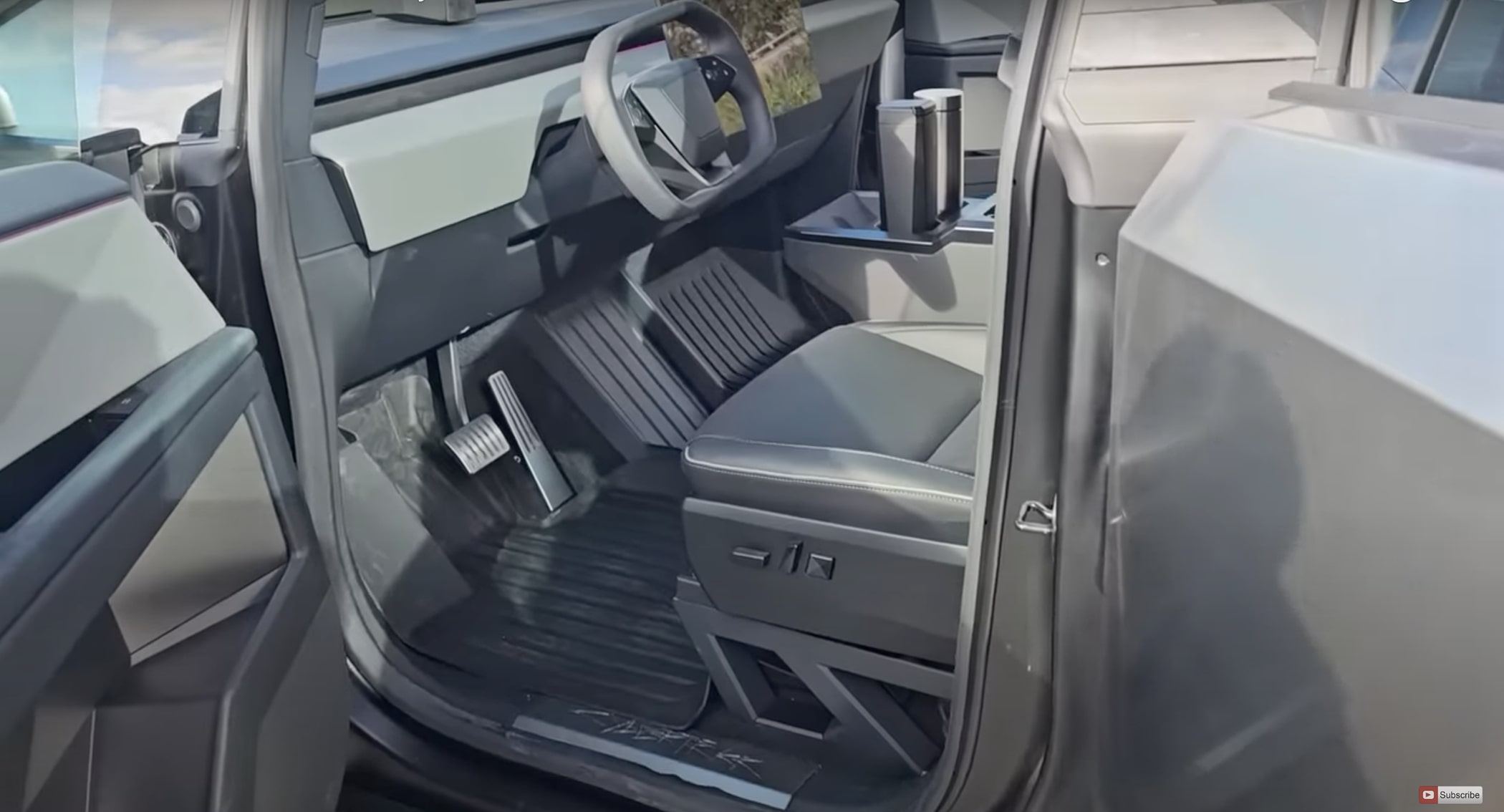
Tesla has adjusted the functionality of a crucial climate feature as Winter weather has started to arrive throughout some parts of the United States. The new feature was highly requested by owners.
Tesla has a Cabin Overheat Protection feature that helps keep the temperature regulated if it reaches a certain threshold. Inversely, it can be used in cold weather as well, which will automatically warm the cabin if it sinks to a temperature that is too low for the owner’s comfort.
This is a great way to keep the cabin either warmed up just enough or cooled down just enough so that it never gets too hot or too cold. Extreme temperatures could damage certain parts of the vehicle or damage personal belongings that are kept inside the car.
Overheat protection is a great thing to have in hot climates like Arizona or Texas, especially with the Premium trims of the Model 3 and Model Y, which feature a glass roof.
Many owners appreciate the feature, but they argue that using it at home will utilize too much energy, especially during extreme temperatures. For a while, many Tesla fans have requested an option to disable this feature when the car is parked at home, which the company recently added, according to Not a Tesla App.
The feature is part of Software Version 2025.44.3, and the release notes state:
“You can now choose Exclude Home when Cabin Overheat Protection or No A/C is enabled.”
Tesla has been great at listening to what owners want with new features, and this is one that will reserve some charge and prevent unnecessary utilization of available power, especially as the car is parked at home. If owners want to condition the cabin or get the car ready for operation with a comfortable interior, they can utilize the Tesla app to adjust the climate.
Elon Musk
Tesla CEO Elon Musk sends rivals dire warning about Full Self-Driving
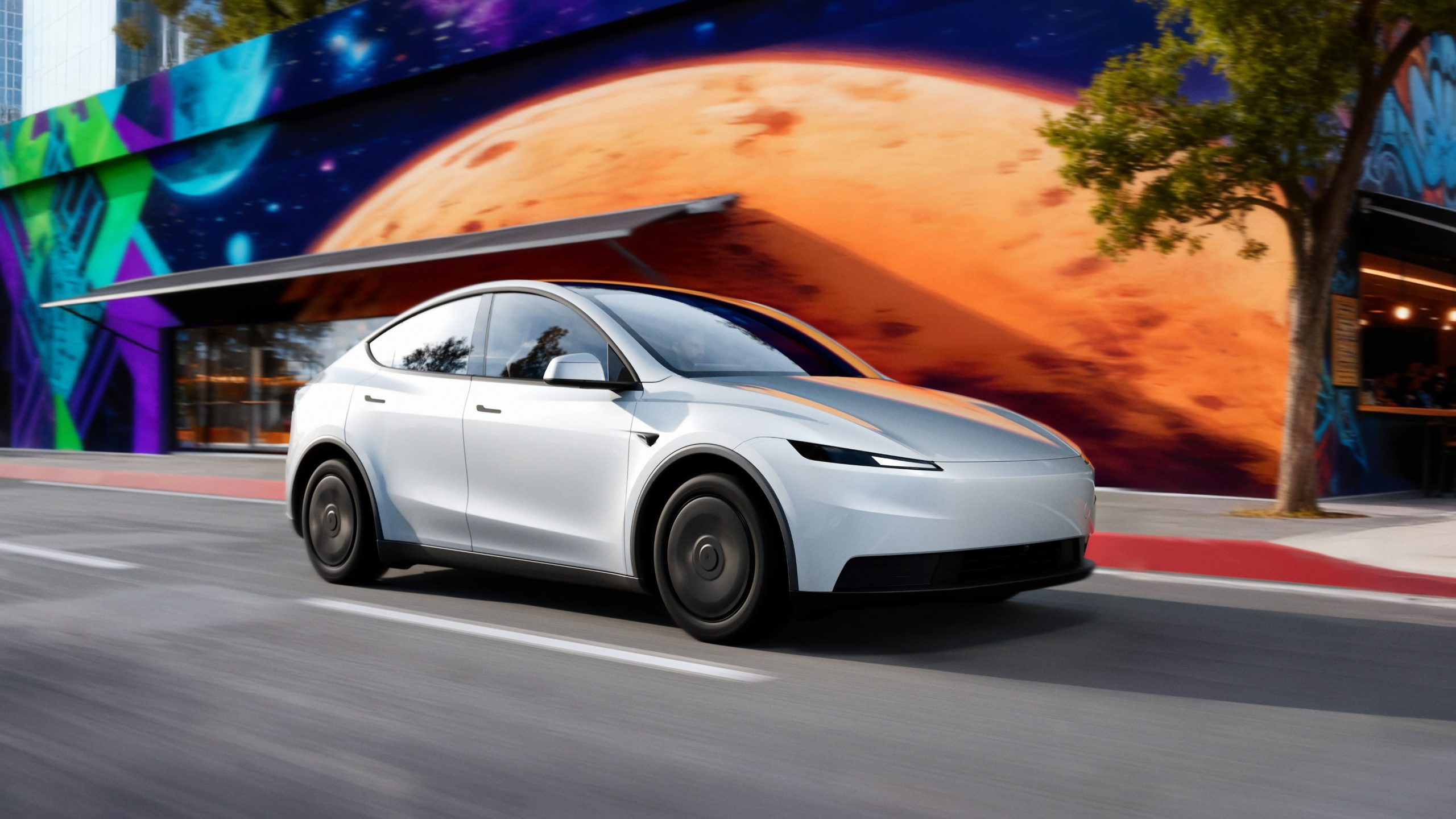
Tesla CEO Elon Musk revealed today on the social media platform X that legacy automakers, such as Ford, General Motors, and Stellantis, do not want to license the company’s Full Self-Driving suite, at least not without a long list of their own terms.
“I’ve tried to warn them and even offered to license Tesla FSD, but they don’t want it! Crazy,” Musk said on X. “When legacy auto does occasionally reach out, they tepidly discuss implementing FSD for a tiny program in 5 years with unworkable requirements for Tesla, so pointless.”
I’ve tried to warn them and even offered to license Tesla FSD, but they don’t want it! Crazy …
When legacy auto does occasionally reach out, they tepidly discuss implementing FSD for a tiny program in 5 years with unworkable requirements for Tesla, so pointless. 🤷♂️
🦕 🦕
— Elon Musk (@elonmusk) November 24, 2025
Musk made the remark in response to a note we wrote about earlier today from Melius Research, in which analyst Rob Wertheimer said, “Our point is not that Tesla is at risk, it’s that everybody else is,” in terms of autonomy and self-driving development.
Wertheimer believes there are hundreds of billions of dollars in value headed toward Tesla’s way because of its prowess with FSD.
A few years ago, Musk first remarked that Tesla was in early talks with one legacy automaker regarding licensing Full Self-Driving for its vehicles. Tesla never confirmed which company it was, but given Musk’s ongoing talks with Ford CEO Jim Farley at the time, it seemed the Detroit-based automaker was the likely suspect.
Tesla’s Elon Musk reiterates FSD licensing offer for other automakers
Ford has been perhaps the most aggressive legacy automaker in terms of its EV efforts, but it recently scaled back its electric offensive due to profitability issues and weak demand. It simply was not making enough vehicles, nor selling the volume needed to turn a profit.
Musk truly believes that many of the companies that turn their backs on FSD now will suffer in the future, especially considering the increased chance it could be a parallel to what has happened with EV efforts for many of these companies.
Unfortunately, they got started too late and are now playing catch-up with Tesla, XPeng, BYD, and the other dominating forces in EVs across the globe.
News
Tesla backtracks on strange Nav feature after numerous complaints

Tesla is backtracking on a strange adjustment it made to its in-car Navigation feature after numerous complaints from owners convinced the company to make a change.
Tesla’s in-car Navigation is catered to its vehicles, as it routes Supercharging stops and preps your vehicle for charging with preconditioning. It is also very intuitive, and features other things like weather radar and a detailed map outlining points of interest.
However, a recent change to the Navigation by Tesla did not go unnoticed, and owners were really upset about it.
For trips that required multiple Supercharger stops, Tesla decided to implement a naming change, which did not show the city or state of each charging stop. Instead, it just showed the business where the Supercharger was located, giving many owners an unwelcome surprise.
However, Tesla’s Director of Supercharging, Max de Zegher, admitted the update was a “big mistake on our end,” and made a change that rolled out within 24 hours:
The naming change should have happened at once, instead of in 2 sequential steps. That was a big miss on our end. We do listen to the community and we do course-correct fast. The accelerated fix rolled out last night. The Tesla App is updated and most in-car touchscreens should…
— Max (@MdeZegher) November 20, 2025
The lack of a name for the city where a Supercharging stop would be made caused some confusion for owners in the short term. Some drivers argued that it was more difficult to make stops at some familiar locations that were special to them. Others were not too keen on not knowing where they were going to be along their trip.
Tesla was quick to scramble to resolve this issue, and it did a great job of rolling it out in an expedited manner, as de Zegher said that most in-car touch screens would notice the fix within one day of the change being rolled out.
Additionally, there will be even more improvements in December, as Tesla plans to show the common name/amenity below the site name as well, which will give people a better idea of what to expect when they arrive at a Supercharger.








